A year of "reversal" for industrial real estate
According to Saigon Economic Magazine, in the context of the residential real estate market showing double difficulties in terms of project legality and investment capital flow, the industrial real estate segment has been going against the trend in the past year. Many businesses have recorded strong profit growth, even increasing by multiples compared to the previous year, setting a new peak.
The "leading crane" such as the Industrial Development and Investment Corporation (Becamex IDC) had a revenue of VND 8,204 billion in 2023, up 25% over the previous year, and a profit after tax of VND 2,314 billion, up 34%. Or Nam Tan Uyen Industrial Park Joint Stock Company, which is managing 3 industrial parks in Tan Uyen town, Binh Duong province with an area of nearly 970 hectares, also achieved the highest profit in the last 5 years, equivalent to nearly VND 300 billion.
Another large enterprise in the North, Kinh Bac Urban Development Corporation, recorded net revenue of VND5,645 billion, up nearly 6 times compared to the previous year. Revenue mainly comes from land and infrastructure leasing. Profit after tax reached VND2,218 billion, up nearly 41% compared to the previous year. Continuing this growth momentum, Mr. Dang Thanh Tam's company also plans to earn VND4,000 billion in profit this year.
Thanks to leasing land at Cong Hoa - Chi Linh Industrial Park ( Hai Duong ), recording one-time revenue, Vietnam Rubber Industrial Park and Urban Development Joint Stock Company had a record profit in the fourth quarter of 2023 in the past 10 years, reaching 198 billion VND and more than 4 times higher than the same period.
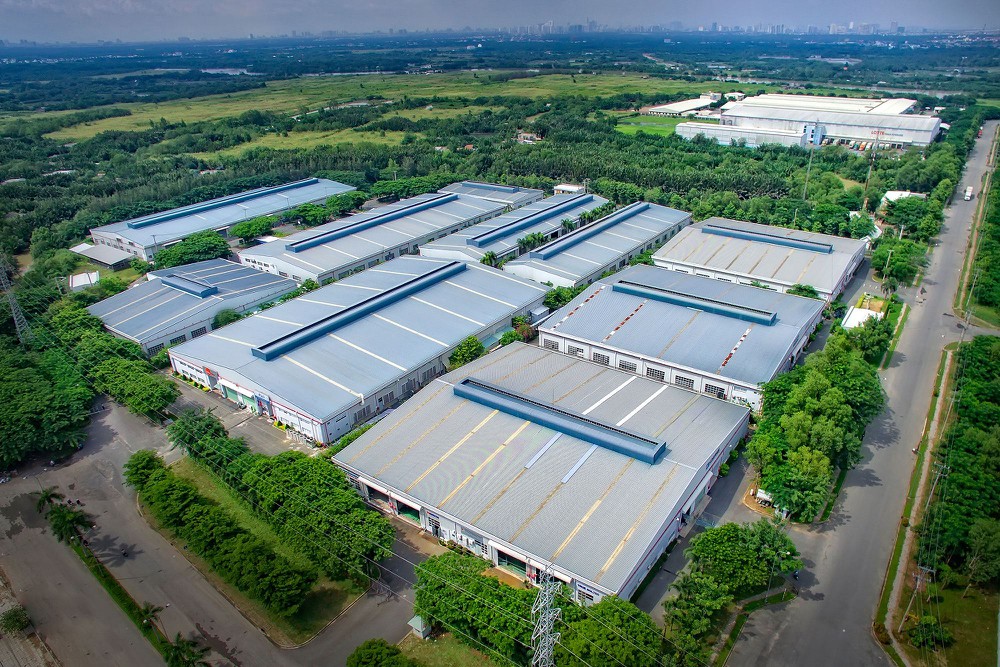
Attracting foreign investment capital in Vietnam has grown well, which is the driving force for industrial real estate to become the leading segment in the market. Illustrative photo from the internet
The industrial park real estate industry last year received many positive signals, from the wave of investment shifts and expectations of promoting increased investment cooperation with foreign enterprises. By the end of 2023, according to data from the Ministry of Planning and Investment, the country had 416 established industrial parks. The total industrial land area was about 89,200 hectares, an increase of nearly 2% over the same period. The occupancy rate of industrial parks in operation reached more than 72%.
Part of the development of this real estate segment is assessed thanks to the increase in foreign direct investment (FDI). According to the General Statistics Office, in 2023, registered FDI capital reached 36.6 billion USD and disbursed FDI capital reached 23 billion USD, up 32% and 4% respectively compared to the previous year. The real estate business industry received great investment attention from FDI capital, ranking 2nd among the industries attracting capital with a total investment capital of nearly 4.7 billion USD, accounting for nearly 13% and increasing by nearly 5%.
In the first two months of this year, according to the General Statistics Office, realized FDI capital is estimated at 2.8 billion USD, up nearly 10% over the same period last year, the highest in the first two months of the year in the past 5 years. Vietnam continues to be an attractive destination for foreign investors and the industrial park real estate industry is therefore expected to grow well this year. However, many internal problems of this industry still need to be improved to further promote its values, worthy of being the "guiding star" for the real estate market to enter a new cycle.
“Leverage” for industrial real estate development
According to experts, the good growth in attracting foreign direct investment (FDI) in Vietnam continues to be the driving force for industrial real estate to become the leading segment in the market, especially after successfully "overcoming the storm" in difficult times like 2023.
FDI capital flows into 16 out of 21 sectors of the national economy, and the processing and manufacturing industry has regained its leading position after "falling" to second place in January 2024 to give way to real estate.
With a total investment capital of nearly 2.54 billion USD, FDI poured into the processing and manufacturing industry accounted for 59.1% of the total registered investment capital and increased by 16.8% over the same period. The real estate business sector ranked second with a total investment capital of nearly 1.41 billion USD, accounting for 32.7% of the total registered investment capital, 3.5 times higher than the same period.
Notably, sharing about breakthrough solutions to attract FDI in the coming time, Deputy Minister of Planning and Investment Tran Quoc Phuong said that in order to attract large projects and investors to Vietnam, the Prime Minister has directed and assigned tasks to ministries and branches; in which the Ministry of Planning and Investment focuses on attracting capital in the fields of science and technology, innovation, semiconductor chips, as well as new industries.
At the same time, Deputy Minister Tran Quoc Phuong pointed out that one of the three areas of greatest interest to foreign investors when coming to Vietnam is infrastructure and land. For large projects, the demand for land is very large, so investors have very high requirements for infrastructure. Therefore, the solution for the land and infrastructure sector is to continue to improve and accelerate the progress of large-scale infrastructure projects and guide the implementation of the Land Law (amended) with many new points contributing to removing difficulties and promoting the investment sector.
These factors are considered important “leverages” to help Vietnam’s industrial real estate develop in the coming time. According to analysis by CBRE Vietnam, positive demand from industrial groups will help boost rental growth in many localities in the coming time; in which, industrial land rental prices are expected to increase from 5-9%/year in the North and from 3-7%/year in the South.
Positive demand from industrial groups has helped boost rental growth in many localities. Meanwhile, rental prices of ready-built warehouses and factories are forecast to increase slightly by 1-4% per year over the next three years.
Looking back at the market in the difficult "storm" of 2023 shows that the occupancy rate in the first-tier industrial land markets is still maintained at a positive level.
Manufacturers from various industries and countries continue to expand strongly in both regions. This shows sustainable development in many fields as well as a positive trend for the Vietnamese industrial market.
Specifically, the Northern region recorded an average occupancy rate of 81%, while the Southern region reached 92%. Notably, the absorption area in the Northern market reached the highest level in the past 5 years, exceeding 800 hectares, up 37% over the same period last year. In the Southern market, due to the relatively limited industrial land fund, the absorption area was 32% lower than the same period last year, reaching about 500 hectares.
However, there is a new point pointed out by experts that besides electronics, automobile and accessory manufacturers, tenants from new industries in the high-tech field such as electric vehicle manufacturing, semiconductors or green materials are also paying attention to Vietnam.
Ms. Nguyen Hoai An, Senior Director of CBRE Vietnam in Hanoi, said that the semiconductor industry and electric vehicle industry have started investing in Vietnam in 2023. With the orientation of provinces and cities and the interest of many businesses in high-tech and sustainable industries, it is predicted that this industry will boost demand in the future.
In particular, with Vietnam expanding its extensive cooperation with major economies, opportunities will continue to come to this real estate sector. However, Vietnam also needs to actively prepare infrastructure, human resources and quality industrial products to maximize opportunities - Ms. An analyzed.
Sharing the same view, Mr. Pham Vu Thang Long - Head of Macroeconomics Department of HSC Securities Company assessed: Vietnam has been successful in promoting international relations. Many multilateral cooperation agreements between Vietnam and other economies have been signed, bilateral relations with Japan, China, the United States, etc. have been upgraded, creating good opportunities.
Vietnam can take advantage of this opportunity to learn from Japan’s model and become an “Asian tiger”. For example, after 34 years since its GDP was only one-sixth of the Philippines’ in 1989, Vietnam’s GDP has now surpassed the Philippines’ and Vietnam is gradually catching up with more developed countries in the region – Mr. Long shared.
At the same time, FDI commitments from China will become increasingly stronger and these are very positive signals. In the context of Vietnam also developing its supply chain, not only as an electronics manufacturing center, but also as a potential destination for semiconductor manufacturing (currently accounting for over 20% of electronics exports). Therefore, in the coming years, Vietnam will make great strides in attracting investment and industrial parks will benefit greatly from this - this expert cited.
With a series of favorable factors, in 2024, industrial real estate will continue to be assessed as a segment with good growth, especially when FDI capital flows remain positive with the advantage of preferential tax policies. In addition, increasingly synchronous and modern traffic infrastructure with a commitment to invest in infrastructure among the top in the region, industrial real estate will continue to be a solid support in the market.
Dao Vu (T/h)
Source








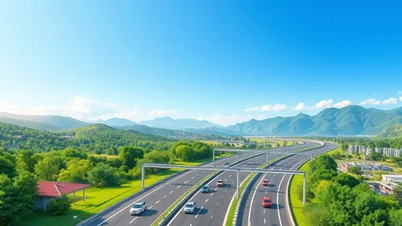

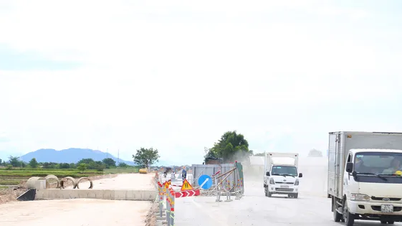
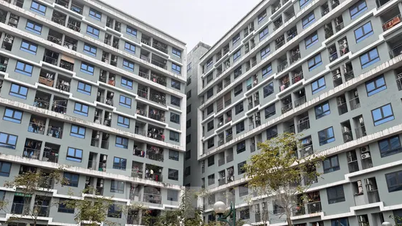
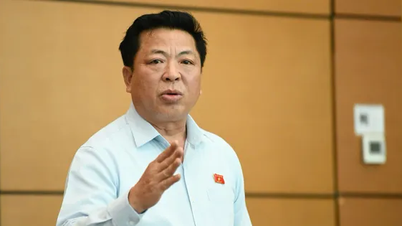









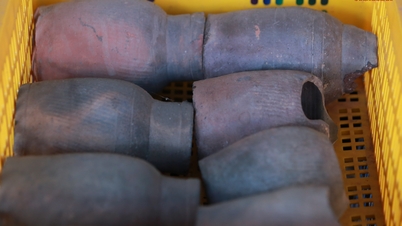
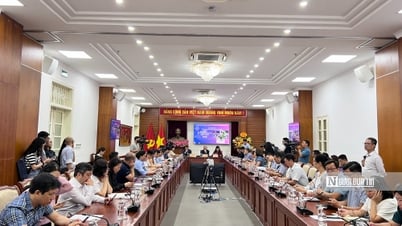


















































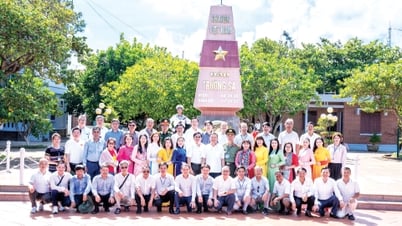



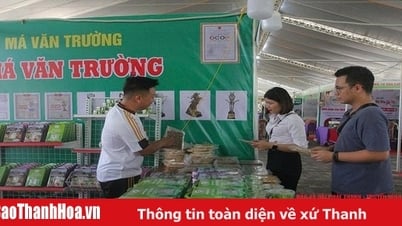


















Comment (0)